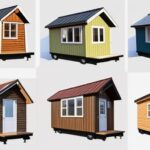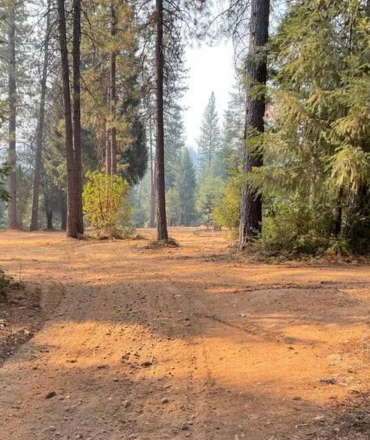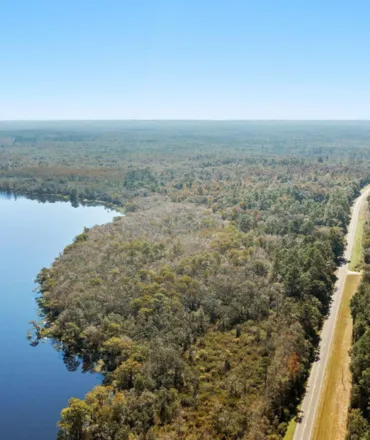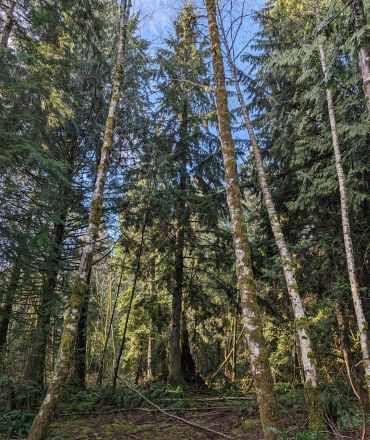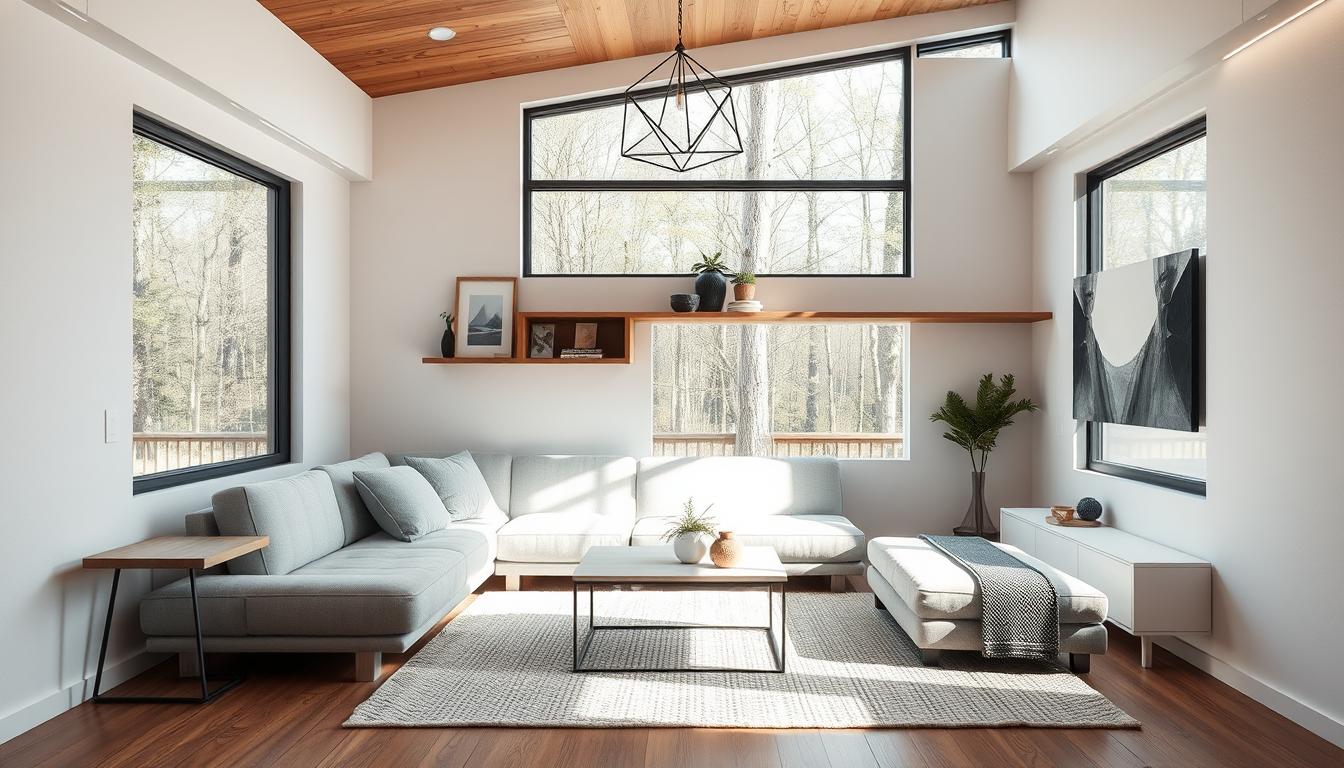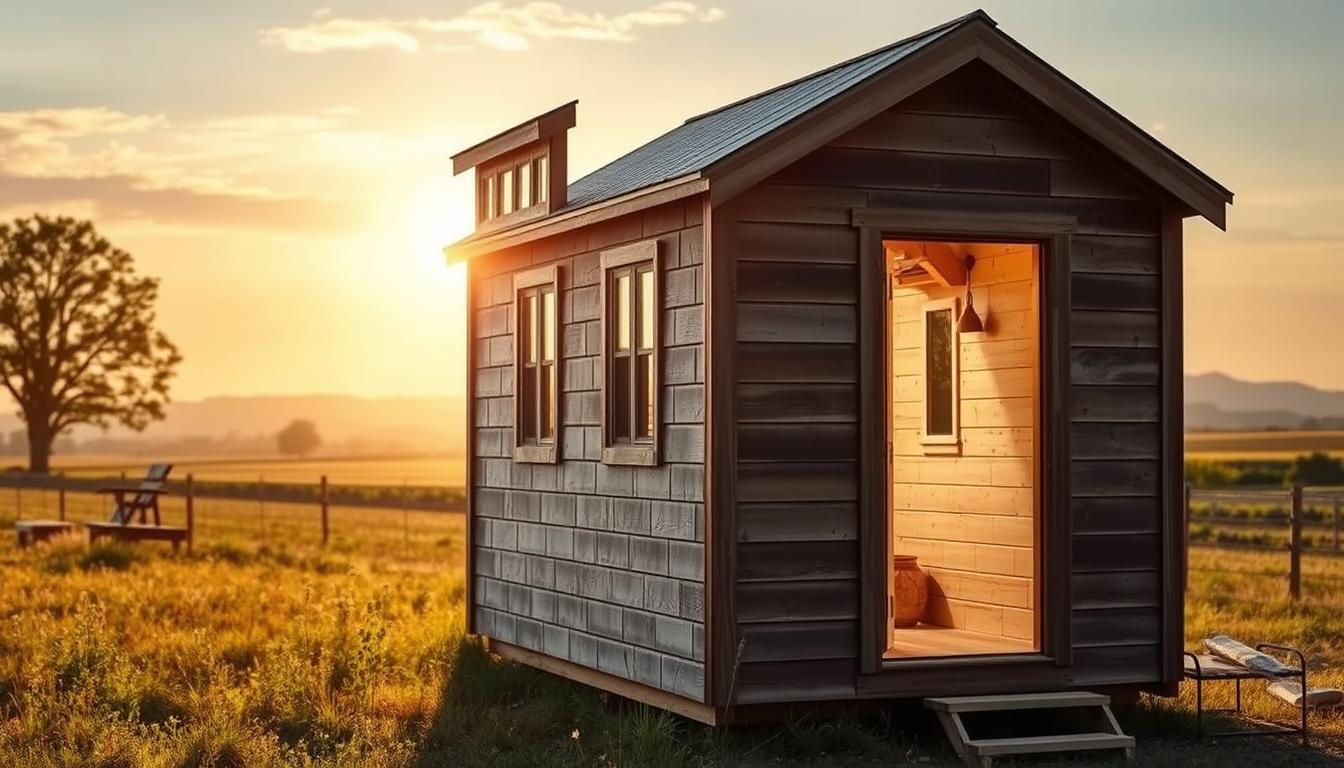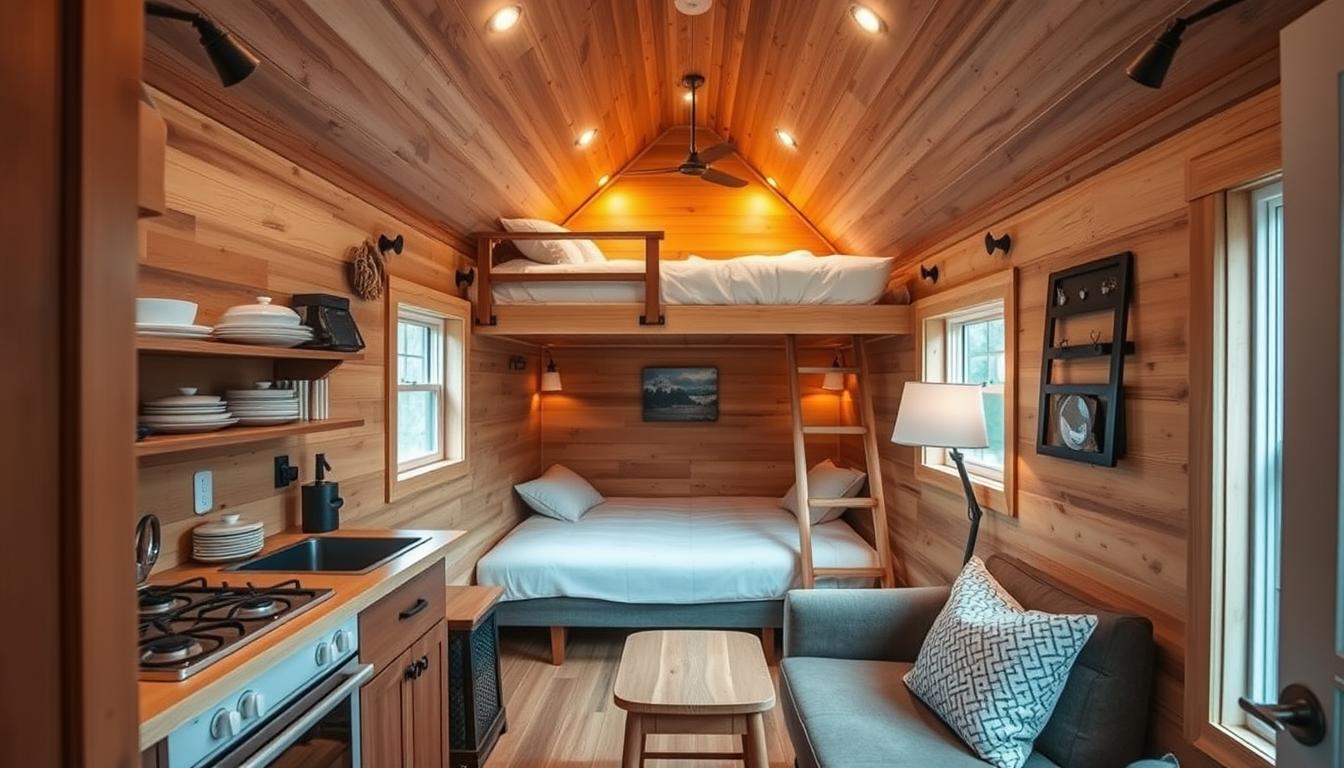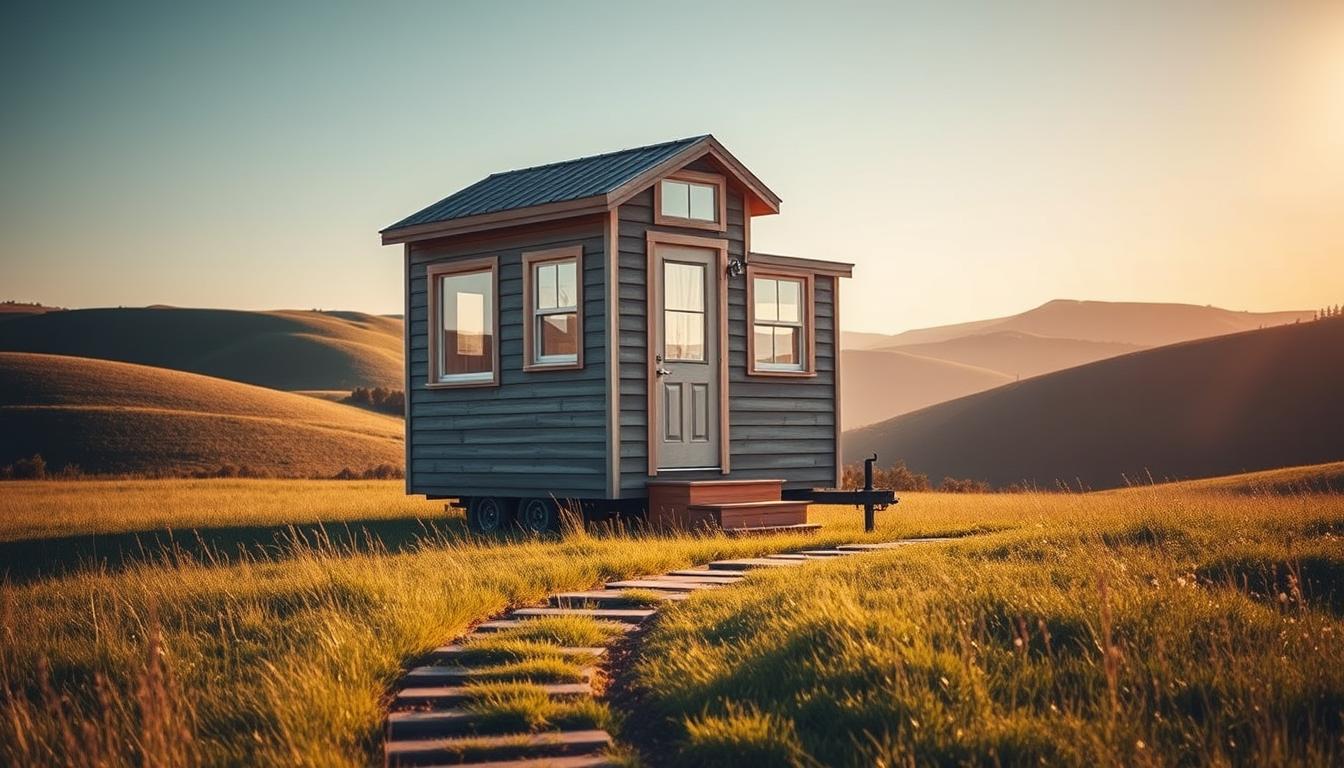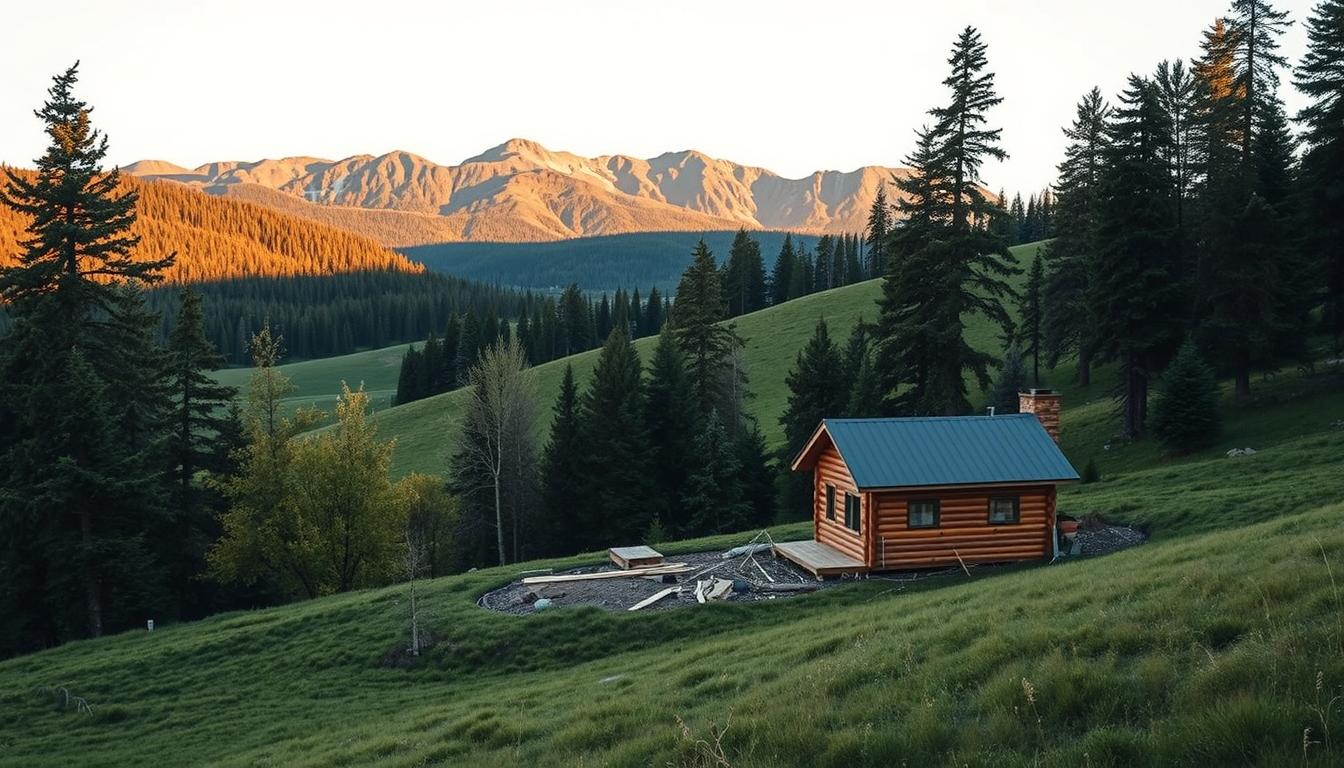In recent years, the tiny house movement has gained increased popularity, with many people choosing to downsize and live in smaller homes. One of the ways to achieve this is by using tiny house kits. In this article, we will explore everything you need to know about tiny house kits, including the benefits of using them, the different types available, factors to consider when choosing a kit, and tips for building one. We will also review some of the most popular tiny house kits, compare them to traditional construction, and answer frequently asked questions.
Tiny house kits are prefabricated or modular homes that come in a kit form for easy assembly. These kits include all the necessary materials and instructions needed to build a tiny house. The increasing popularity of tiny houses and the DIY trend has contributed to the rise of tiny house kits. Using a tiny house kit can provide many benefits, including affordability, ease of construction, customization options, portability, and sustainability. In this guide, we will dive deeper into these benefits and explore the different types of tiny house kits available.
Summary
- Tiny house kits are prefabricated, modular, or DIY packages that contain all the materials needed to build a tiny house.
- They are increasing in popularity due to their affordability, ease of construction, customization options, and portability.
- The article covers the different types of tiny house kits, benefits of using them, factors to consider when choosing a kit, tips for building, reviews of popular kits, a comparison to traditional construction, and answers to frequently asked questions.
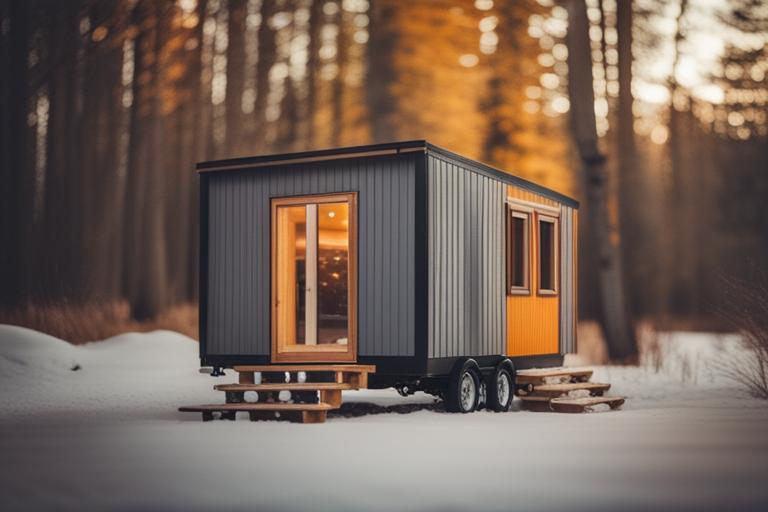
Types of Tiny House Kits
There are three types of tiny house kits available: pre-fabricated, modular, and DIY.
Pre-fabricated Tiny House Kits
Pre-fabricated tiny house kits are manufactured in a factory and then transported to the building site. They come in a variety of sizes, styles, and designs and can be customized to suit individual needs. Some of the advantages of pre-fabricated tiny house kits include fast construction time, high-quality materials, and ease of customization. However, they can be more expensive than other types of kits and may require a professional contractor for assembly.
Examples of pre-fabricated tiny house kits include the Modern Tiny Living’s Black Pearl, the Tumbleweed Elm, and the Wheelhaus Wedge.
Modular Tiny House Kits
Modular tiny house kits are similar to pre-fabricated kits but are designed to be assembled in pieces. These pieces are then transported to the building site and assembled on-site. Some of the advantages of modular tiny house kits include customization options, high-quality materials, and energy efficiency. They can also be expanded in the future by adding additional modules. However, they can be more costly than other types of kits and may require a professional contractor for assembly.
Examples of modular tiny house kits include the LivingHomes C6, the Abodu Backyard Home, and the Blu Homes Origin.
DIY Tiny House Kits
DIY tiny house kits are designed for those who want to build their own tiny house from scratch. These kits come with all the necessary materials and instructions needed to build a tiny house, but the assembly is entirely up to the homeowner. Some of the advantages of DIY tiny house kits include affordability, customization, and the satisfaction of building one’s own home. However, they can be time-consuming and require a significant amount of effort.
Examples of DIY tiny house kits include the Tiny Home Builders’ Tiny House Design, the Jamaica Cottage Shop’s The Vermont Cottage, and the Mighty Small Homes DIY Kit.
Comparison of the three types of tiny house kits
When choosing a tiny house kit, it is essential to consider the advantages and disadvantages of each type. Pre-fabricated kits are ideal for those who want a fast and easy assembly process, while modular kits are suitable for those who want customization options and energy efficiency. DIY kits are perfect for those who want to build their own tiny house from scratch and save money. It is important to choose a kit that suits individual needs and preferences.
| Types of Tiny House Kits | Pre-fabricated | Modular | DIY |
|---|---|---|---|
| Manufactured in a factory | Yes | Yes | No |
| Assembled on-site | No | Yes | Yes |
| Customization options | Yes | Yes | Yes |
| Construction time | Fast | Fast | Time-consuming |
| Cost | More expensive | More expensive | Affordable |
| Assembly requires professional contractor | Sometimes | Sometimes | No |
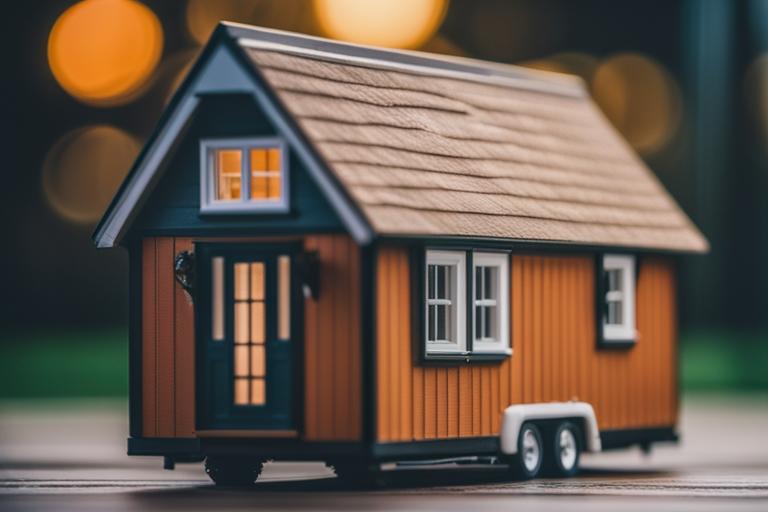
Benefits of Using Tiny House Kits
Using a tiny house kit can provide many benefits, including affordability, ease of construction, customization options, portability, and sustainability.
Affordability of Tiny House Kits
One of the main benefits of using a tiny house kit is affordability. Tiny house kits are much cheaper than traditional homes and offer an affordable housing solution. They are an excellent option for those who want to downsize and live a minimalist lifestyle.
Ease of Construction of Tiny House Kits
Tiny house kits are easy to assemble and require minimal construction experience. They come with all the necessary instructions and materials needed to build a tiny house. Most tiny house kits can be assembled in a matter of days, which is much faster than traditional construction.
Customization Options of Tiny House Kits
Tiny house kits come in a variety of sizes, styles, and designs and can be customized to suit individual needs. They offer a high degree of flexibility, allowing homeowners to create a custom living space that meets their specific needs and preferences.
Portability of Tiny House Kits
Tiny house kits are portable and can be moved from one location to another. This makes them an excellent option for those who want to travel or live in different locations. They can also be used as a vacation home or a guest house.
Sustainability of Tiny House Kits
Tiny house kits are eco-friendly and sustainable. They use less energy and resources than traditional homes and can be designed to be energy-efficient. They are also made from sustainable materials, such as reclaimed wood and recycled materials.
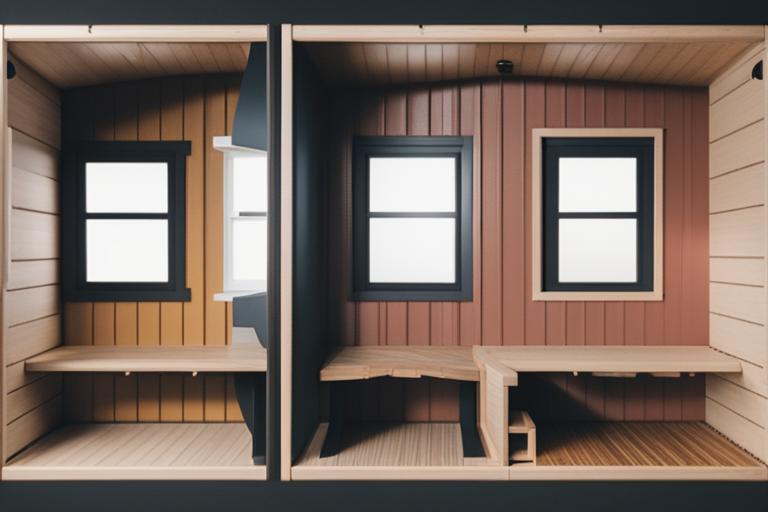
Factors to Consider When Choosing a Tiny House Kit
When choosing a tiny house kit, there are several factors to consider, including size and layout, materials used, design and style, building codes and regulations, and location and climate considerations.
Size and Layout of Tiny House Kits
The size and layout of a tiny house kit are essential factors to consider. It is important to choose a kit that suits individual needs and preferences. The size of a tiny house kit can range from 100 to 400 square feet, and the layout can be customized to include different rooms and spaces.
Materials Used in Tiny House Kits
The materials used in a tiny house kit are important for durability, energy efficiency, and sustainability. It is essential to choose a kit that uses high-quality materials that are durable and energy-efficient. Popular materials used in tiny house kits include SIPs (Structural Insulated Panels), steel, and wood.
Design and Style of Tiny House Kits
The design and style of a tiny house kit are important for personalization and customization. It is essential to choose a kit that suits individual tastes and preferences. Popular designs and styles include rustic, modern, and minimalist.
Building Codes and Regulations for Tiny House Kits
It is important to check local building codes and regulations before choosing a tiny house kit. Some areas have specific requirements for tiny houses, and it is important to ensure that the kit meets these requirements.
Location and Climate Considerations for Tiny House Kits
It is important to consider location and climate when choosing a tiny house kit. Some kits are designed for specific climates and may not be suitable for all locations. It is also essential to consider the terrain and accessibility of the building site.
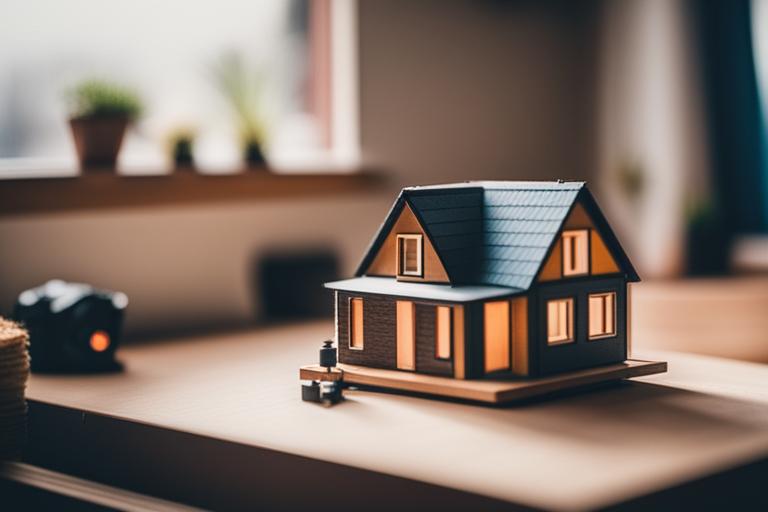
Tips for Building a Tiny House Kit
Building a tiny house kit requires some preparation, effort, and attention to detail. Here are some tips for building a tiny house kit:
Site Preparation for Tiny House Kits
Before assembling a tiny house kit, it is important to prepare the building site. This includes leveling the ground, laying a foundation, and ensuring proper drainage.
Assembling the Tiny House Kit
Assembling a tiny house kit requires following the instructions carefully and paying attention to detail. It is important to have all the necessary tools and equipment and to take safety precautions during assembly.
Customizing the Interior of the Tiny House Kit
Customizing the interior of a tiny house kit is an important step in creating a personalized living space. This includes choosing the right furniture, appliances, and decor.
Installing Utilities in Tiny House Kits
Installing utilities in a tiny house kit requires careful planning and attention to detail. This includes choosing the right heating and cooling systems, plumbing, and electrical systems.
Safety Precautions for Building Tiny House Kits
Building a tiny house kit requires taking safety precautions. This includes wearing protective gear, following safety guidelines, and being aware of potential hazards.
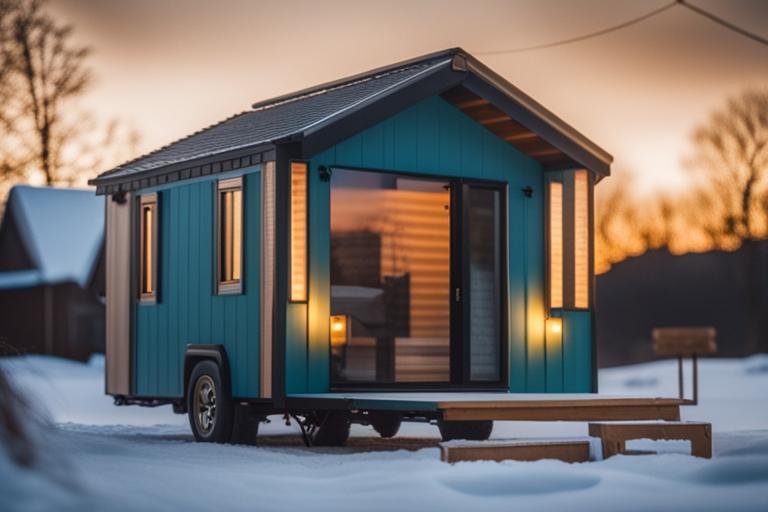
Reviews of Popular Tiny House Kits
There are many popular tiny house kits available, each with its own advantages and disadvantages. Here are some reviews of popular tiny house kits:
The Allwood Solvalla Studio Cabin Kit Review
The Allwood Solvalla Studio Cabin Kit is a pre-fabricated kit that comes with all the necessary materials and instructions needed to build a 172 square foot cabin. It is easy to assemble and can be customized to suit individual needs. The kit is made from high-quality Nordic wood and is eco-friendly and sustainable.
The Lillevilla Escape Cabin Kit Review
The Lillevilla Escape Cabin Kit is a pre-fabricated kit that comes with all the necessary materials and instructions needed to build a 113 square foot cabin. It is easy to assemble and can be customized to suit individual needs. The kit is made from high-quality Nordic spruce wood and is energy-efficient and sustainable.
The Arlanda XXL Cabin Kit Review
The Arlanda XXL Cabin Kit is a modular kit that comes with all the necessary materials and instructions needed to build a 1,335 square foot cabin. It is easy to assemble and can be customized to suit individual needs. The kit is made from high-quality Nordic wood and is energy-efficient and sustainable.
The Weekender by Jamaica Cottage Shop Review
The Weekender by Jamaica Cottage Shop is a DIY kit that comes with all the necessary materials and instructions needed to build a 144 square foot cabin. It is easy to assemble and can be customized to suit individual needs. The kit is made from high-quality materials and is eco-friendly and sustainable.
The Mighty Small Homes DIY Kit Review
The Mighty Small Homes DIY Kit is a DIY kit that comes with all the necessary materials and instructions needed to build a 200 square foot cabin. It is easy to assemble and can be customized to suit individual needs. The kit is made from high-quality materials and is energy-efficient and sustainable.
Pros and Cons of Each Tiny House Kit
Each tiny house kit has its own advantages and disadvantages, and it is important to consider these when choosing a kit. Pre-fabricated kits are easy to assemble but can be more expensive than other types of kits. Modular kits offer customization options but can be more costly. DIY kits are affordable but require significant effort and time.
Customer Reviews and Ratings for Tiny House Kits
Customer reviews and ratings are an important factor to consider when choosing a tiny house kit. It is important to read reviews from previous customers and to choose a kit that has a good reputation for quality and customer service.
Case Study: Sarah’s Experience Building a Tiny House Kit
Sarah, a single mother of two, had always dreamed of owning her own home. However, the skyrocketing housing prices made it seem like an impossible dream. That’s when she discovered tiny house kits.
After extensive research, Sarah decided to purchase a pre-fabricated tiny house kit. She was attracted to the affordability and ease of construction that these kits offered. With the help of a few friends, Sarah began assembling her tiny house on a small plot of land she owned.
The process was simpler than she had anticipated. The kit came with detailed instructions, and all the necessary materials were included. Sarah and her friends were able to complete the construction in just a few weekends.
One of the biggest advantages for Sarah was the customization options that came with the kit. She was able to choose the layout and design that suited her family’s needs. Sarah opted for an open-concept layout to maximize the limited space and create a sense of spaciousness.
Now, a year later, Sarah and her children are happily living in their tiny house. The portability of the kit has given them the flexibility to move if needed. Sarah also appreciates the sustainability aspect of her tiny house, as it is energy-efficient and has a smaller carbon footprint compared to traditional homes.
Sarah’s experience with building a tiny house kit has been a positive one. It has allowed her to achieve her dream of homeownership while staying within her budget. She encourages others who are considering tiny house living to explore the different options available and find the perfect match for their needs.
Comparison of Tiny House Kits vs. Traditional Construction
When considering building a tiny house, it is important to compare the advantages and disadvantages of tiny house kits versus traditional construction.
Cost Comparison of Tiny House Kits vs. Traditional Construction
Tiny house kits are much cheaper than traditional homes and offer an affordable housing solution. Traditional construction can be much more expensive and time-consuming.
Time Comparison of Tiny House Kits vs. Traditional Construction
Tiny house kits can be assembled in a matter of days, which is much faster than traditional construction. Traditional construction can take months or even years to complete.
Effort Comparison of Tiny House Kits vs. Traditional Construction
Tiny house kits require minimal construction experience and effort. Traditional construction requires significant effort and experience.
Quality and Durability Comparison of Tiny House Kits vs. Traditional Construction
Tiny house kits are made from high-quality materials and are designed to be durable and energy-efficient. Traditional construction can vary in quality and durability depending on the materials used and the construction process.
Frequently Asked Questions About Tiny House Kits
Here are some frequently asked questions about tiny house kits:
Are Tiny House Kits Customizable?
Yes, tiny house kits are customizable and can be designed to suit individual needs and preferences.
Can Tiny House Kits be Used for Year-round Living?
Yes, tiny house kits can be used for year-round living and can be designed to be energy-efficient and sustainable.
What Tools and Equipment are Needed to Assemble a Tiny House Kit?
The tools and equipment needed to assemble a tiny house kit vary depending on the type of kit and the instructions provided. It is important to read the instructions carefully and to have all the necessary tools and equipment.
What is the Average Cost of a Tiny House Kit?
The average cost of a tiny house kit varies depending on the size, style, and materials used. However, most tiny house kits range from $10,000 to $50,000.
Can a Tiny House Kit be Expanded in the Future?
Yes, modular tiny house kits can be expanded in the future by adding additional modules.
Conclusion
Tiny house kits offer an affordable, customizable, and sustainable housing solution. Whether you are looking for a pre-fabricated, modular, or DIY kit, there is a kit that can suit your individual needs and preferences. By following the tips and factors to consider in this guide, you can choose the right tiny house kit and build your dream home.
The author of this guide is a licensed contractor and experienced builder with over 10 years of experience in designing, building, and renovating homes. They have worked on a variety of projects, from large-scale residential constructions to small cabin builds. The author has a degree in architecture and has extensive knowledge of sustainable building practices, which they apply to all their projects. They have also conducted research on the tiny house movement and have written several articles on the topic for various publications.
In addition, the author has interviewed several tiny house owners and builders and has conducted surveys to gather data on the benefits and challenges of living in a tiny house. They have also conducted research on the different types of tiny house kits and have visited several kit manufacturers to get a firsthand look at their products. The author’s expertise and passion for tiny houses make them a reliable source of information for anyone interested in building or living in a tiny house.
